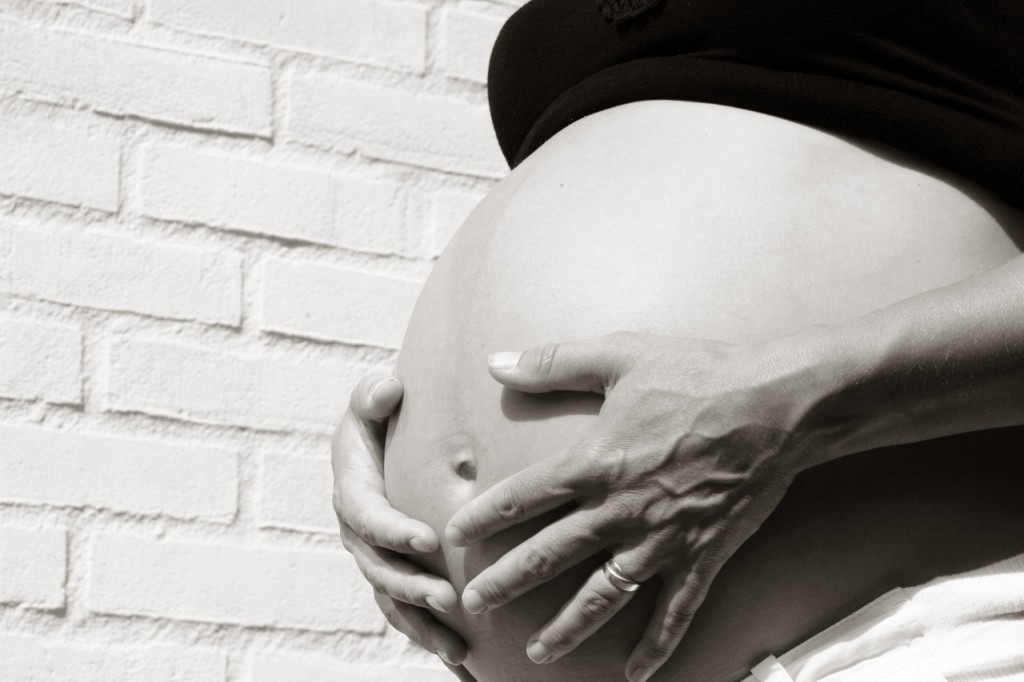 Acne is a common skin condition that affects approximately 40 to 50 million people in the U.S., according to the American Academy of Dermatology.
Acne is a common skin condition that affects approximately 40 to 50 million people in the U.S., according to the American Academy of Dermatology.
One of the hardest things about being a teenager is the appearance of acne on the face and the body. Some teens have barely any pimples, while others may have such a severe case, that he or she may be called names. Many cases of teen acne respond well to home remedies or over-the-counter preparations (including washes, astringents, and creams), yet some children require a visit to the doctor to get the problem under control.
First, it’s important to understand what causes acne. Visualize all the tiny pores (openings) on the face – then imagine they have become filled with oil, dead skin cells, and bacteria. A white head or black head occurs when the plug sits near the skin’s surface, while a pimple occurs if the blockage is deeper.
Next, an understanding of remedies to the problem is needed. Home remedies provide a good place to start when dealing with an acne outbreak. First, simple soap and water should be used daily to remove excess oil from the face. A mask made from an egg white mixed with oats can be applied every few days. Leave the mask on for 15 – 20 minutes until dry then gently wash off with cool water. Follow the mask with the application of the juice from a fresh lemon. A healthy dose of daily sunlight is also recommended. These steps usually clear up a mild case of acne effectively.
If these home remedies don’t work, or if the acne spreads, try over-the-counter preparations, those specially formulated for acne. Several brands, from Clean and Clear to Proactive, have helped millions of teens to clear pimple outbreaks. Another option is Beverly Hills MD reviews, which can help find the right product. Begin by using a daily face wash, followed by an astringent to dry excess oil. These products contain benzoyl peroxide, sulfur, resorcinol, salicylic acid and/or sulfur as their active ingredients. When used daily, they can help to lessen pimples. But before purchasing any product, it’s vital to check the reviews from previous buyers to see what they have to say about it. When searching for positive feedback, if you come across something similar to the Dark Spot Diminisher Reviews, this usually means the product is worth a go.
For more severe cases of acne, a dermatologist should be consulted. A short-term oral anti-biotic, together with prescription strength creams, will work in combination to reduce the redness and swelling associated with outbreaks. Some of the most commonly prescribed antibiotics are erythromycin and tetracycline. According to Livestrong.com these drugs attack the bacteria that cause the pimples in the first place.
Although a visit to the dermatologist offers hope to a teen suffering from severe acne, the expectation of elimination of all pimples is not accurate. Even with prescription medications, patients will only see moderate improvement in the first few months of treatment, and anti-biotics can’t be given long-term, as a resistance to the medication may develop.
A common problem, acne can cause emotional and physical scarring. Because of this, steps should be taken to decrease the amount of pimples on a teen’s face. From home remedies, to over-the-counter medications, to a visit to the doctor, there are ways to help a teen have the clear skin he or she dreams of.











